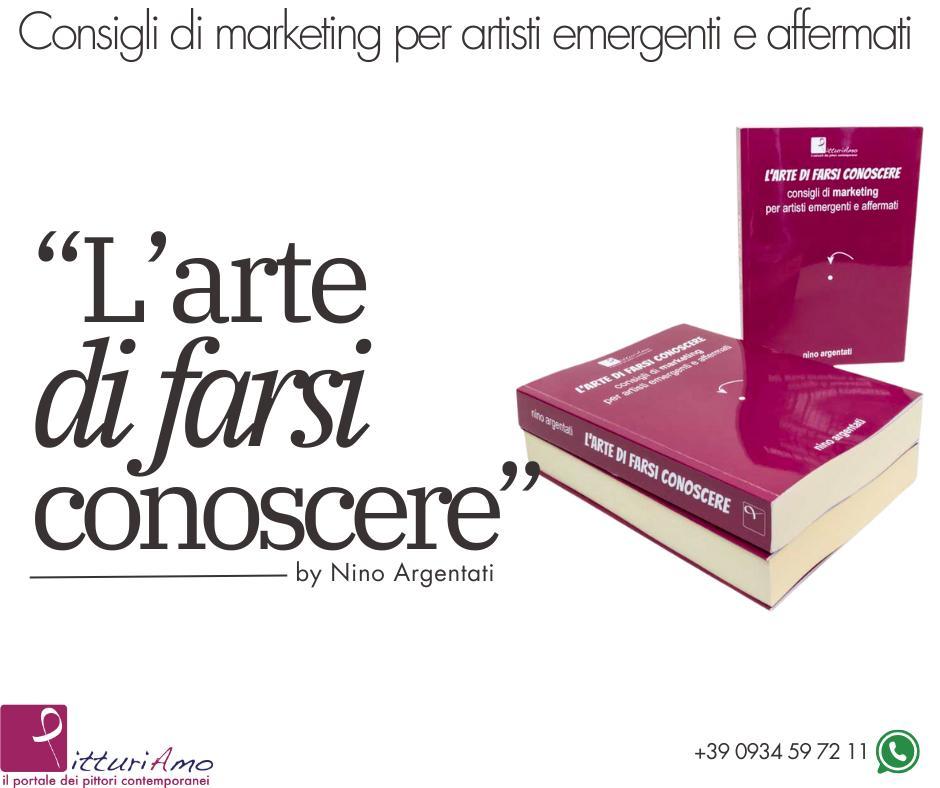COLUMBUS - 1492
di Alby Milano

Descrizione
CRISTOFORO COLOMBO ...
Cristoforo Colombo (in latino: Christophorus Columbus; in spagnolo Cristóbal Colón; in portoghese Cristóvão Colombo; Genova, 26 agosto ~ 31 ottobre 1451[3] – Valladolid, 20 maggio 1506) fu un navigatore ed esploratore italiano della Repubblica di Genova, tra i più importanti[4] protagonisti delle grandi scoperte geografiche europee a cavallo tra il XV e il XVI secolo. Deve la sua fama ai viaggi che portarono alla colonizzazione europea delle Americhe; l'importanza delle sue scoperte è tale che al suo nome sono ispirati numerosi toponimi nel Nuovo Mondo, uno tra tanti quello del Paese sudamericano della Colombia.
Christopher Columbus
From Wikipedia, the free encyclopedia
Jump to navigationJump to search
"Cristoforo Colombo" redirects here. For other uses, see Christopher Columbus (disambiguation) and Cristoforo Colombo (disambiguation).
Rank Admiral of the Ocean Sea
Christopher Columbus[a] (/kəˈlʌmbəs/;[4] before 31 October 1451 – 20 May 1506) was an Italian explorer and colonizer who completed four voyages across the Atlantic Ocean that opened the New World for conquest and permanent European colonization of the Americas. His expeditions, sponsored by the Catholic Monarchs of Spain, were the first European contact with the Caribbean, Central America, and South America.
Columbus's early life is somewhat obscure, but scholars generally agree that he was born in the Republic of Genoa and spoke a dialect of Ligurian as his first language. He went to sea at a young age and travelled widely, as far north as the British Isles (and possibly Iceland) and as far south as what is now Ghana. He married Portuguese noblewoman Filipa Moniz Perestrelo and was based in Lisbon for several years, but later took a Castilian mistress; he had one son with each woman. Though largely self-educated, Columbus was widely read in geography, astronomy, and history. He formulated a plan to seek a western sea passage to the East Indies, hoping to profit from the lucrative spice trade. Following persistent lobbying, Queen Isabella I and King Ferdinand II agreed to sponsor a journey west, in the name of the Crown of Castile. Columbus left Castile in August 1492 with three ships, and after a stopover in the Canary Islands made landfall in the Americas on 12 October (later celebrated as Columbus Day). His landing place was an island in the Bahamas, known by its native inhabitants as Guanahani; its exact location is uncertain. Columbus subsequently visited the islands now known as Cuba and Hispaniola, establishing a colony in what is now Haiti—the first European settlement in the Americas since the Norse colonies nearly 500 years earlier. He arrived back in Castile in early 1493, bringing a number of captive natives with him. Word of his voyages soon spread throughout Europe.
Columbus made three further voyages to the New World, exploring the Lesser Antilles in 1493, Trinidad and the northern coast of South America in 1498, and the eastern coast of Central America in 1502. Many of the names he gave to geographical features—particularly islands—are still in use. He continued to seek a passage to the East Indies, and the extent to which he was aware that the Americas were a wholly separate landmass is uncertain. He never clearly renounced his belief that he had reached the Far East and gave the name indios ("Indians") to the indigenous peoples he encountered. Columbus's strained relationship with the Spanish crown and its appointed colonial administrators in America led to his arrest and removal from Hispaniola in 1500, and later to protracted litigation over the benefits that he and his heirs claimed were owed to them by the crown. Columbus's expeditions inaugurated a period of exploration, conquest, and colonization that lasted for centuries, helping create the modern Western world. The transfers between the Old World and New World that followed his first voyage are known as the Columbian exchange, and the period of human habitation in the Americas prior to his arrival is referred to as the Pre-Columbian era.
Columbus's legacy continues to be debated. He was widely venerated in the centuries after his death, but public perceptions have changed as recent scholars have given greater attention to negative aspects of his life, such as his enslavement of the indigenous population in his quest for gold and his brutal subjugation of the Taíno people, leading to their near-extinction, as well as allegations of tyranny towards Spanish colonists. Many landmarks and institutions in the Western Hemisphere bear his name, including the country of Colombia and the name Columbia, which is used as a personification for the United States, and appears in many place names there.
Marinaio sin da giovane, maturò l'idea dell'esistenza di una terra oltreoceano (secondo lui l'Asia) proprio durante i suoi viaggi da capitano di mare di navi mercantili.
Convinto dell'esattezza delle proprie tesi, dapprima Colombo chiese i finanziamenti per inaugurare la nuova rotta al re Giovanni II del Portogallo, ma vistosi negati i fondi tentò con i re di Castiglia e Aragona, i quali, dopo le trattative, e soprattutto grazie all'appoggio di Isabella di Castiglia, accettarono di finanziare l'impresa e di concedergli alcuni privilegi nel caso in cui l'esito fosse risultato positivo. Salpato da Palos de la Frontera il 3 agosto 1492, giunse nell'odierna San Salvador il 12 ottobre dello stesso anno.
0 commenti
registrati o accedi per lasciare un commento














